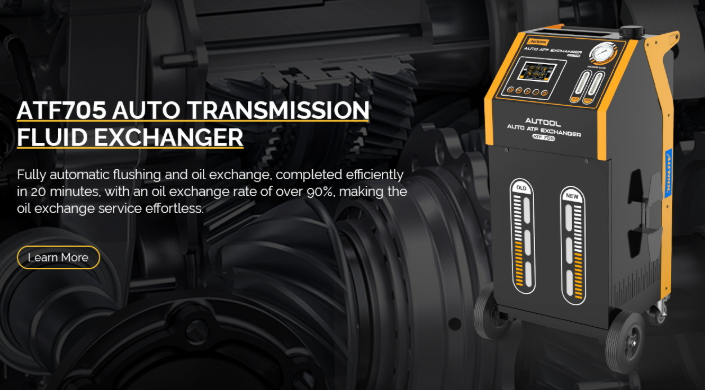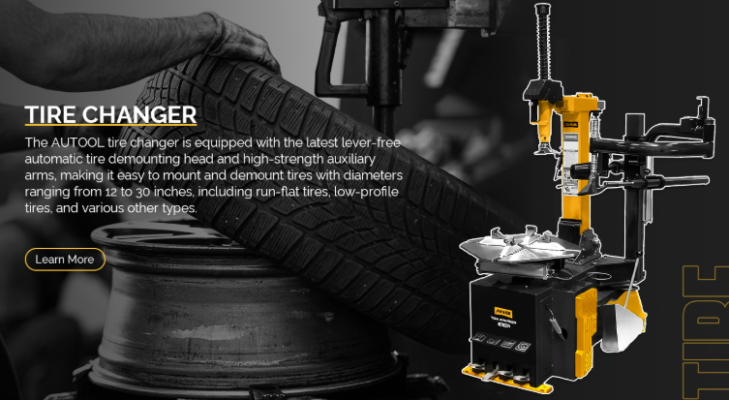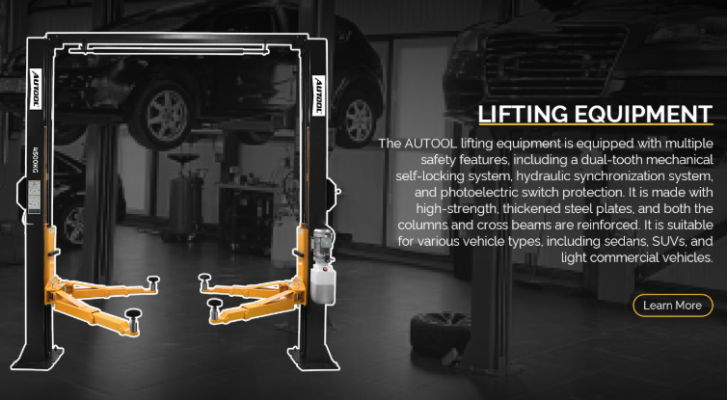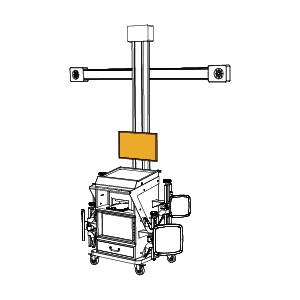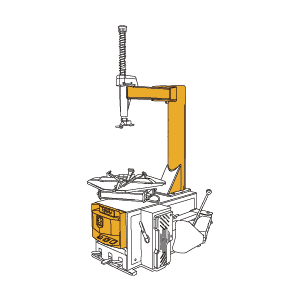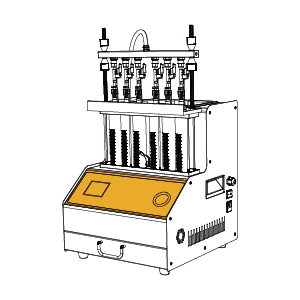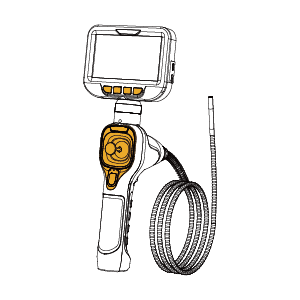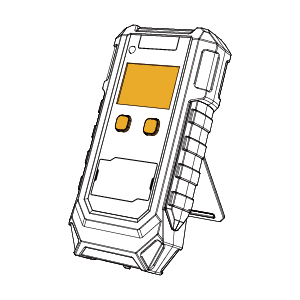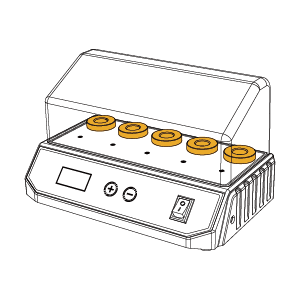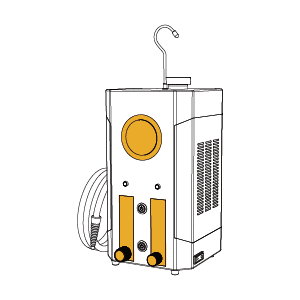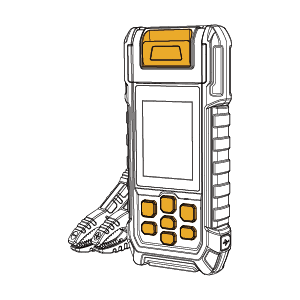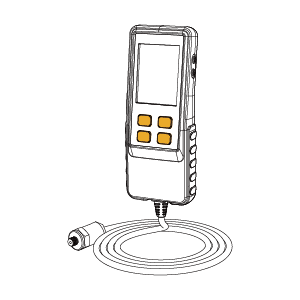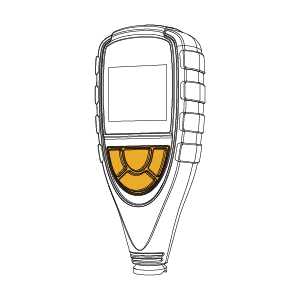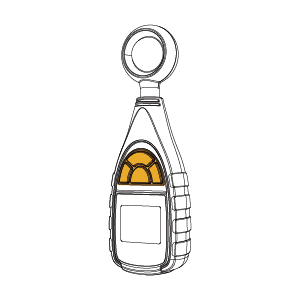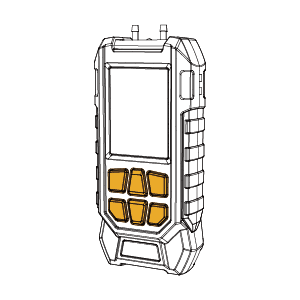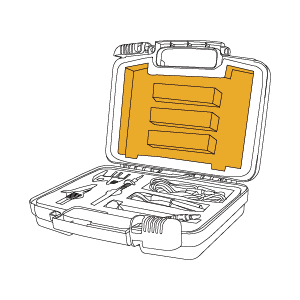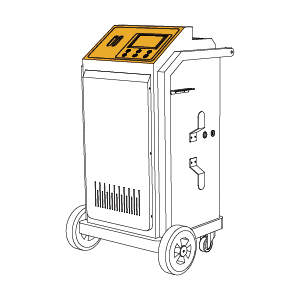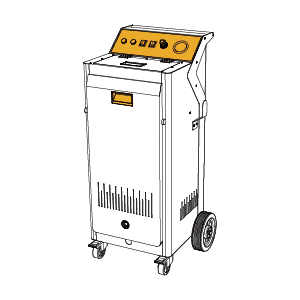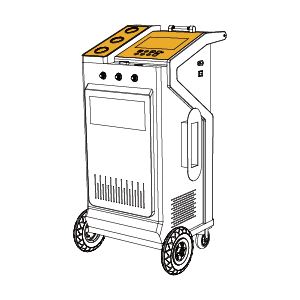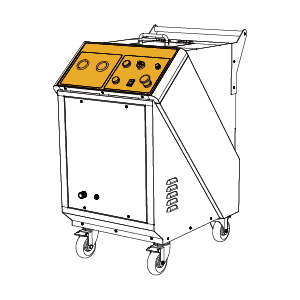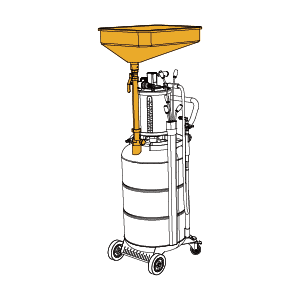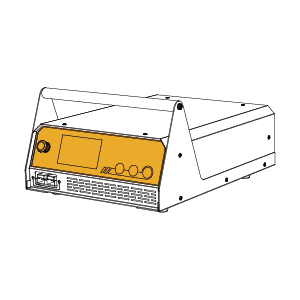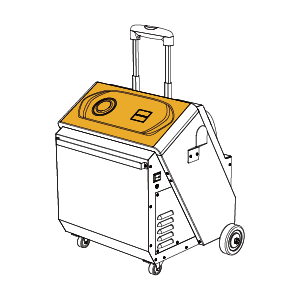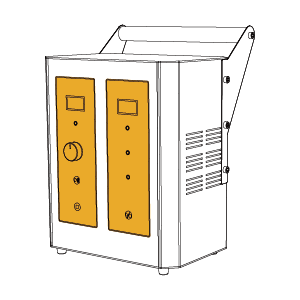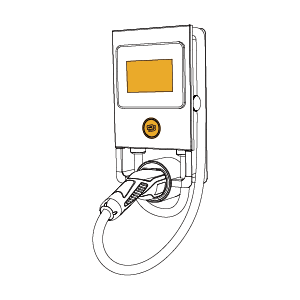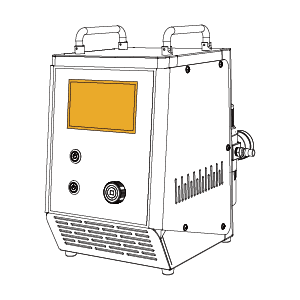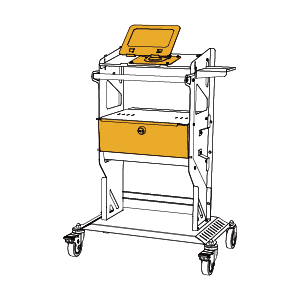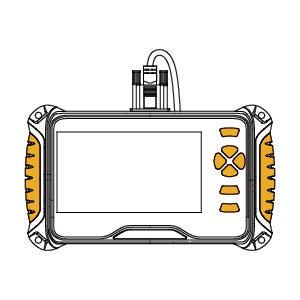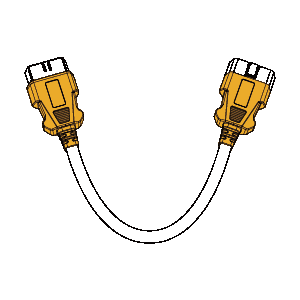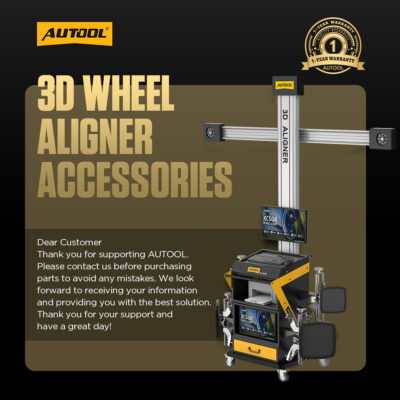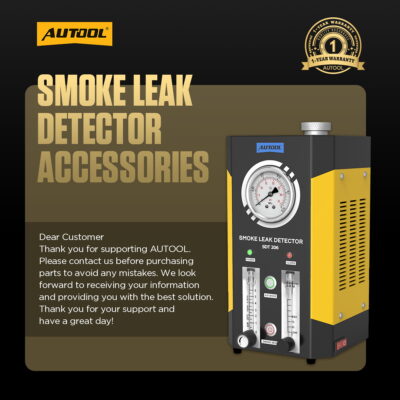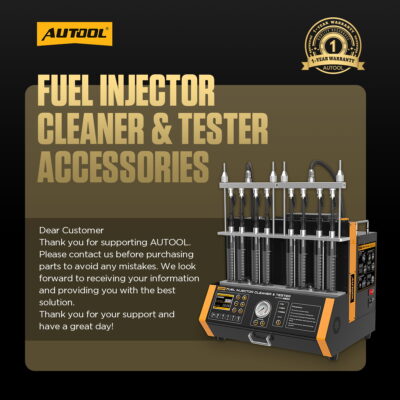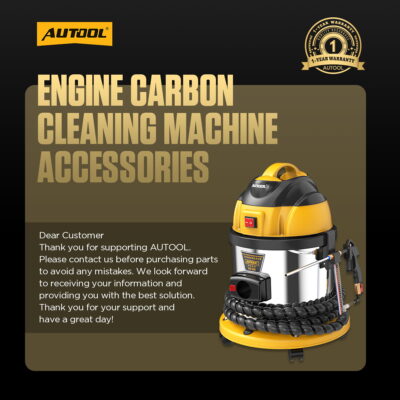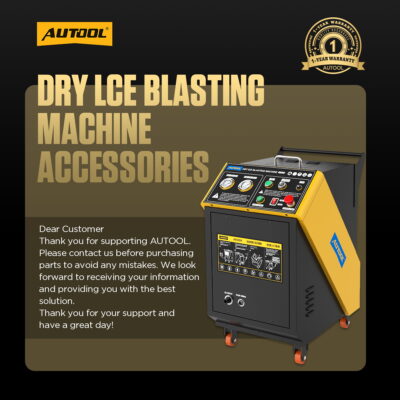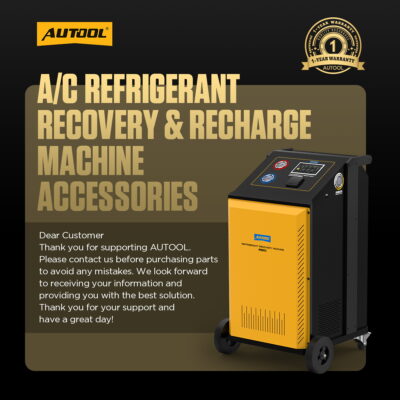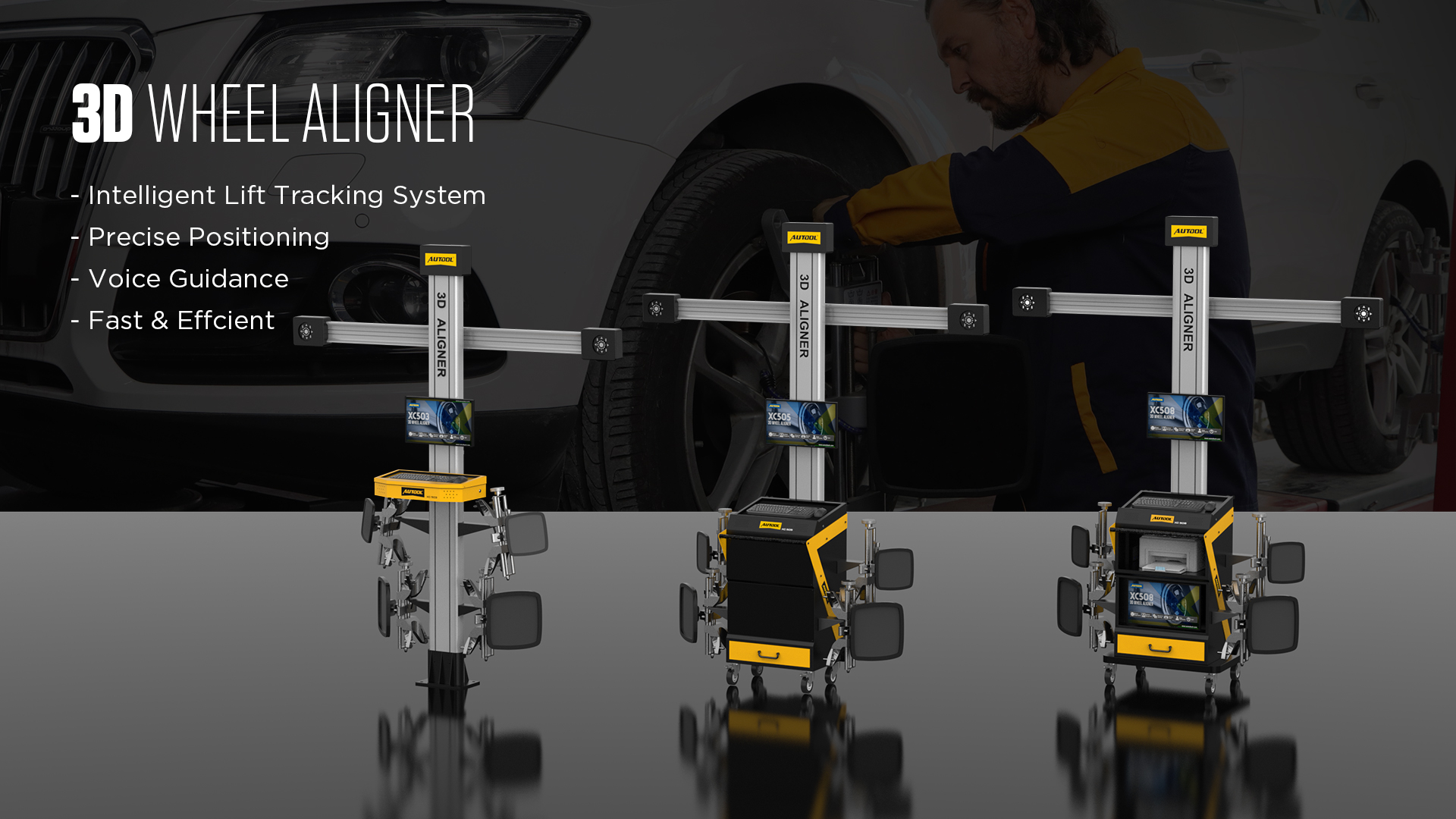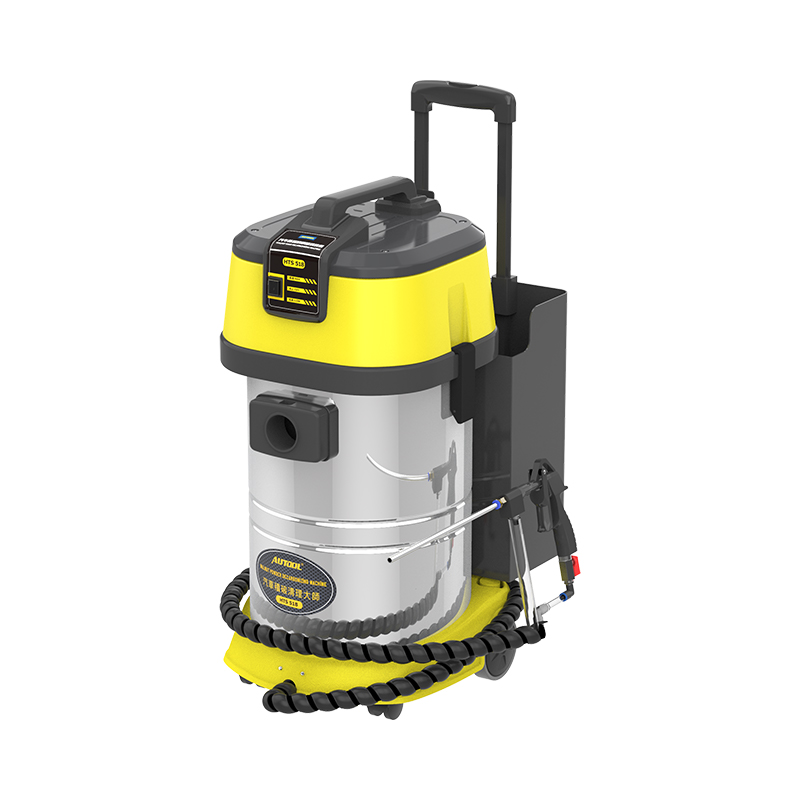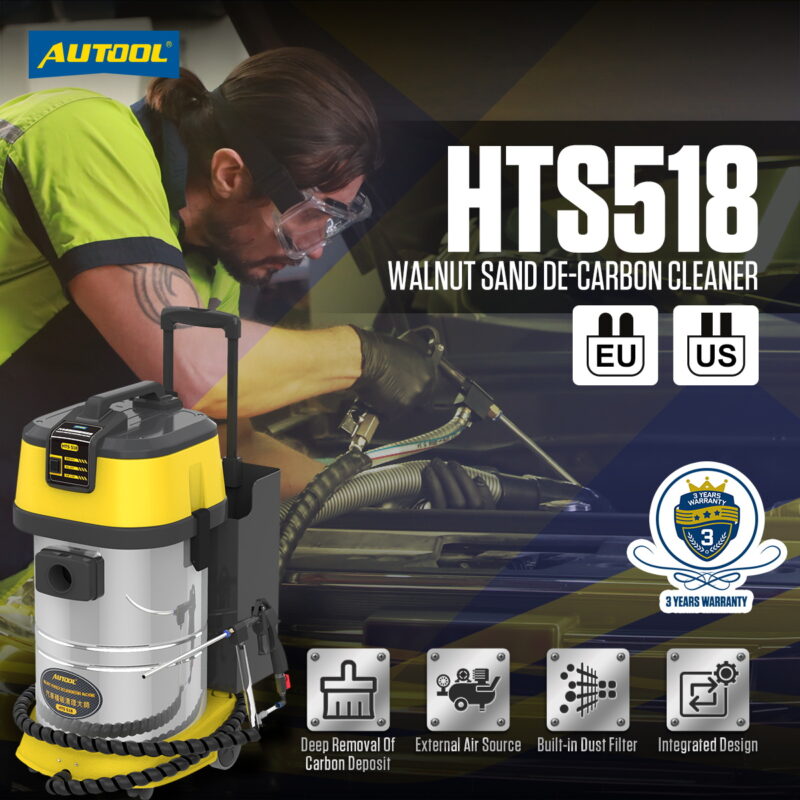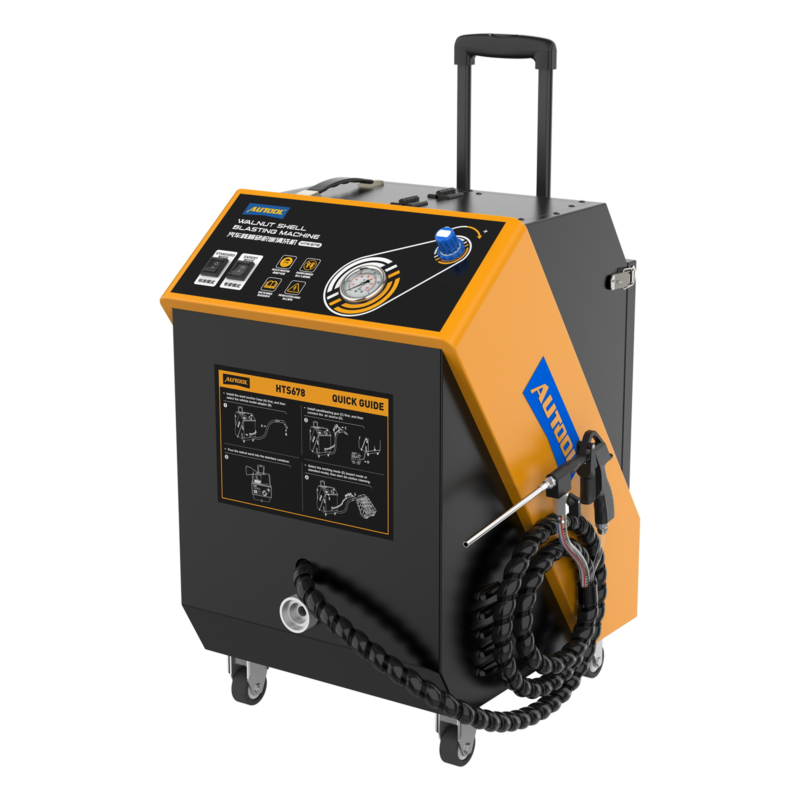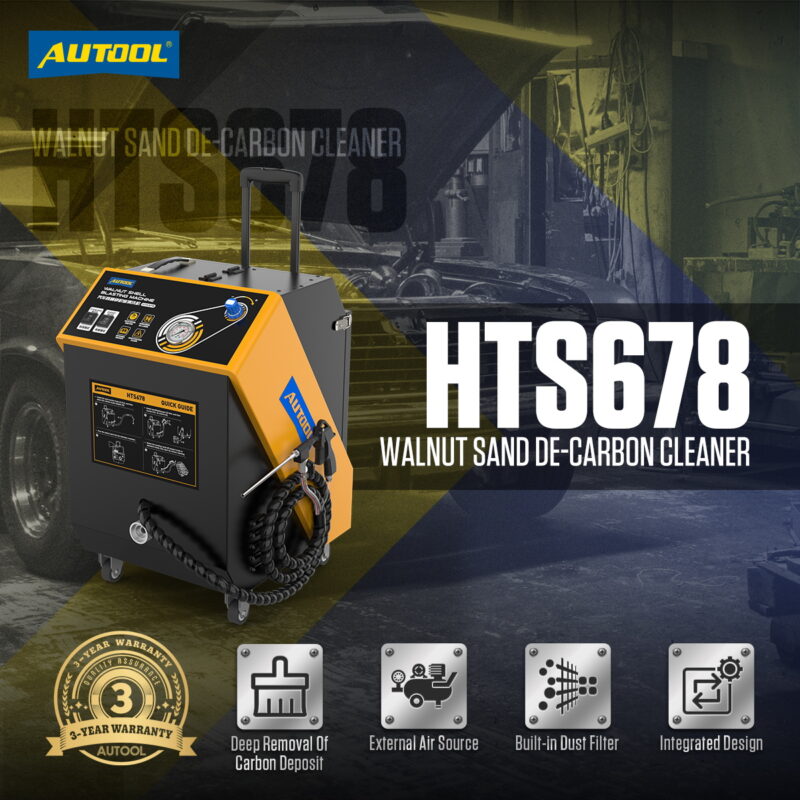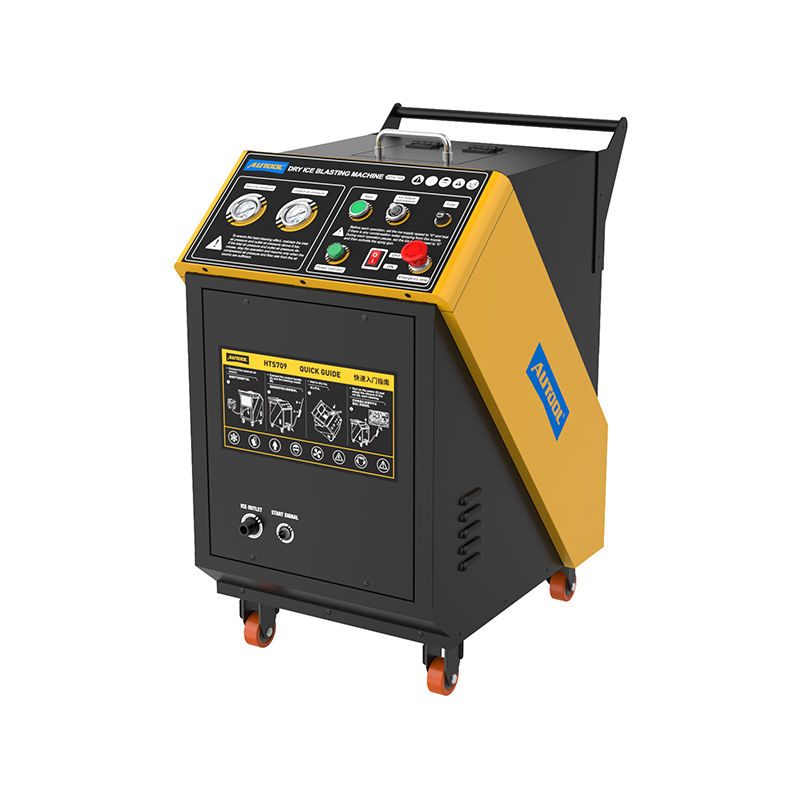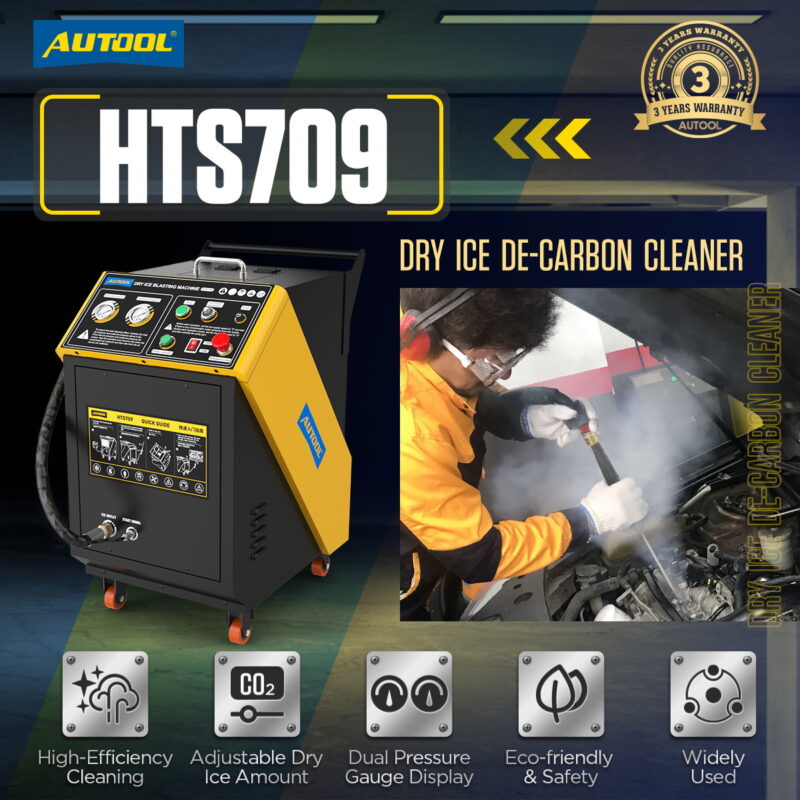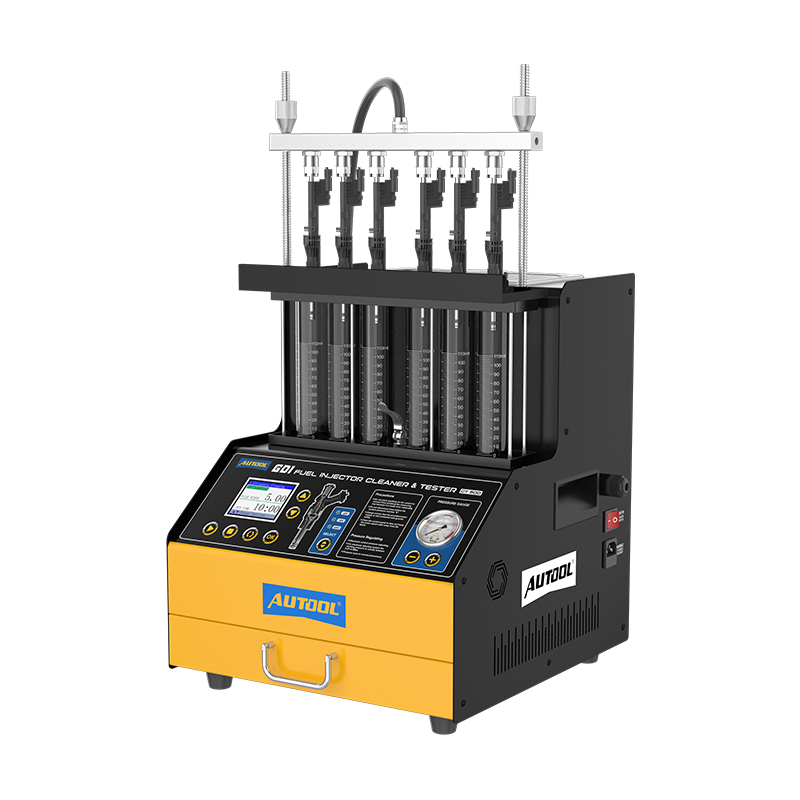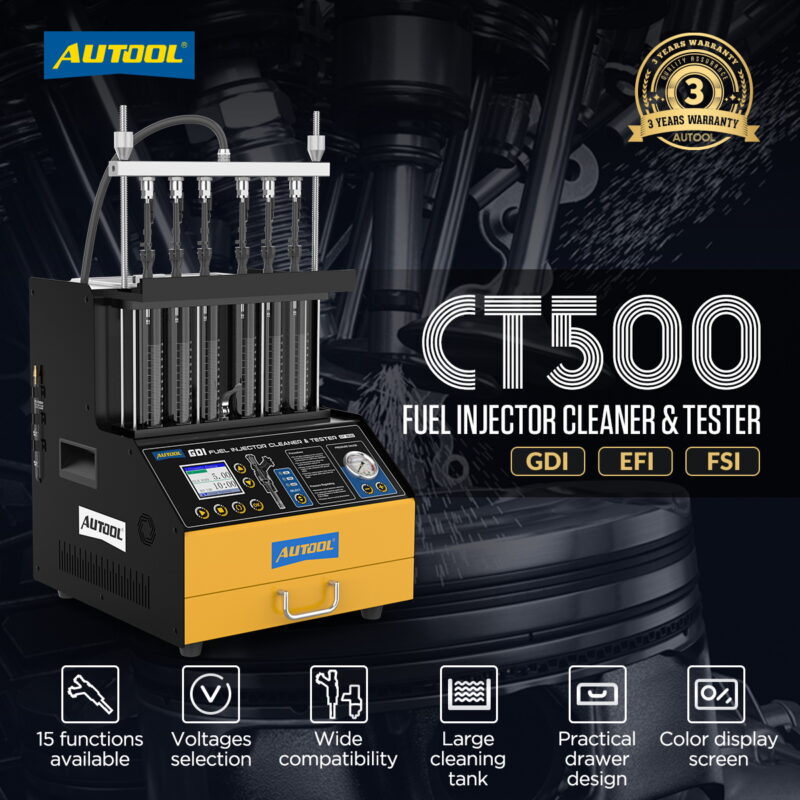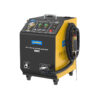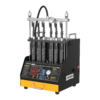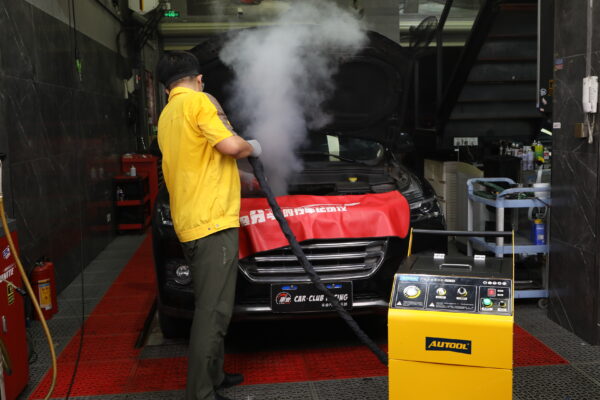AUTOOL Blog, Product Presentation
Carbon Deposit Cleaning: Why Your Vehicle Needs It Before It’s Too Late
As your vehicle ages, you may start to notice issues like idle vibrations or ignition failures, even though all components seem to be in good condition, which can seriously affect your daily driving. This might be due to excessive carbon deposits inside the engine. So, what exactly is carbon deposit, and how does it form? This article will take you through the process of carbon deposit formation, as well as methods for cleaning and prevention.
What is Carbon Deposit, and How Does it Form?
How Does Carbon Deposit Form?
- Impurities in low-quality fuel cause incomplete combustion, leading to carbon deposits.
- Long periods of low-speed driving prevent the fuel from burning completely, resulting in increased carbon deposits.
- Gasoline absorbed by carbon deposits is re-burned, causing further accumulation of carbon deposits.
- Excessive oil consumption or the use of low-quality oil allows oil vapor to enter the combustion chamber, resulting in more carbon deposits.
- Gasoline has a valve-cleaning effect. In traditional fuel injection systems, fuel is injected into the intake manifold, which helps wash the back of the intake valves. However, in GDI engines, fuel is injected directly into the cylinder, eliminating this cleaning effect. Over time, both injection systems lead to increased carbon deposits in the engine, but GDI engines are more prone to carbon deposit accumulation.
Where Does Carbon Deposit Form in Our Vehicle?
Carbon deposits can form in nearly every part of the engine, but the most common areas are primarily concentrated in the following sections:
|
Intake System |
Throttle Body, Intake Manifold, Back of the Valve |
|
Combustion Chamber |
Piston Top, Spark Plug, Fuel Injector |
|
Exhaust System |
Three-Way Catalytic Converter, Oxygen Sensors |
Why Does Your Vehicle Need Carbon Deposit Cleaning?
If carbon deposits are left unchecked for an extended period, your vehicle may experience the following issues:
Power Loss: Carbon deposits reduce combustion efficiency, leading to a loss of power.
Increased Fuel Consumption: Incomplete combustion leads to higher fuel consumption, often accompanied by black smoke from the exhaust during rapid acceleration.
Difficult Starting: Severe carbon buildup may cause hard starts or result in unstable idling.
Steering Wheel Vibration: Carbon deposits can cause vibrations or a shaky feeling in the steering wheel.
When your vehicle exhibits these symptoms, it’s warning you that carbon deposit cleaning is necessary.
What Are the Methods for Carbon Deposit Cleaning?
Manual Cleaning
This method involves physically scraping or brushing off the carbon deposits. However, it is costly in terms of labor and has low efficiency.
Chemical Solvents
Chemical solvents are used to soak and dissolve the carbon deposits, followed by manual removal. This method, however, can potentially damage vehicle components (such as rubber seals) and is not environmentally friendly.
Hydrogen-Oxygen Carbon Deposit Cleaning
This method generates a hydrogen-oxygen mixed gas through water electrolysis and utilizes its unique combustion properties to clean carbon deposits. It does not require engine disassembly, thus avoiding damage to seals. However, it is less effective at removing wet carbon, has a high equipment cost, and requires a certain level of skill from the operator. It is most commonly used in dealerships.
Walnut Shell Abrasive Blasting
This method uses high-pressure airflow to drive walnut shell abrasives to impact areas with carbon deposits, utilizing physical friction to remove stubborn deposits. The waste material is then recovered through negative pressure. The walnut shell abrasives can be recycled, making the process cost-effective and environmentally friendly. However, it requires specialized equipment. Recently, walnut blasting machines that can be used by individual car owners have appeared on the market, making it suitable for personal vehicle owners, auto repair shops, and dealerships.
Dry Ice Blasting
This method uses high-speed airflow to accelerate dry ice particles, rapidly removing carbon deposits from the engine. The dry ice sublimates quickly, leaving no residue or pollution while ensuring no damage to the vehicle. It offers a broad range of cleaning capabilities. However, it requires specialized equipment and dry ice tends to be more expensive than other methods. It is suitable for personal vehicle owners, auto repair shops, and dealerships.
Ultrasonic Heated Cleaning (For Fuel Injectors Only)
This method combines specialized cleaning fluid, ultrasonic waves, and an automatic heating system to enhance cleaning efficiency, ensuring thorough cleaning of fuel injectors. Devices specifically designed for testing and cleaning fuel injectors are available on the market, making it suitable for personal vehicle owners, auto repair shops, and dealerships.
How to Prevent the Formation of Carbon Deposits?
While carbon deposit formation is inevitable during vehicle operation, minimizing it is crucial for maintaining engine performance and avoiding costly repairs in the future. Here are some methods to help reduce carbon deposits:
- Maintenance and Care: Since carbon buildup is unavoidable, regular maintenance is essential. It is recommended to clean the system every 40,000–60,000 km for conventional direct injection vehicles, and every 20,000–30,000 km for GDI vehicles.
- Use High-Quality Fuel: Avoid using low-quality fuel. High-octane, premium fuels are recommended, as they typically contain detergents that help clean the fuel system and reduce carbon deposits.
- Avoid Prolonged Idling: Extended idling periods cause excessive gasoline evaporation, which can lead to carbon deposit formation. Additionally, idling results in low airflow, weakening the cleaning effect and accelerating carbon buildup.
- Avoid Sudden Acceleration or Hard Braking: Smooth driving helps the fuel burn more efficiently, reducing carbon deposits.
Conclusion
Carbon deposit cleaning is a crucial aspect of vehicle maintenance, enhancing performance and ensuring a better driving experience. To avoid costly repairs down the road, carbon deposit cleaning can be performed either at home or by professional technicians. If you’re interested in purchasing a walnut blasting machine or dry ice blasting equipment, contact Hanna today and enjoy a 10% discount on your purchase!

